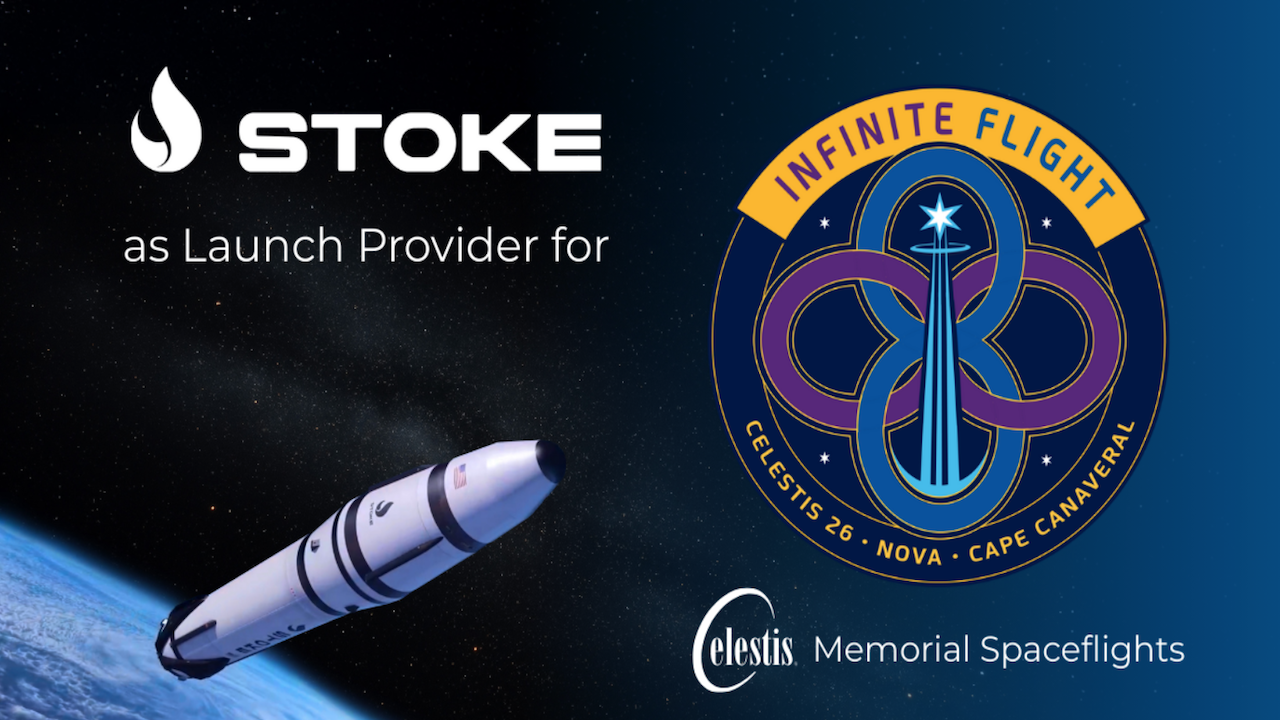Richard Gordon: Apollo 12 Command Module Pilot
Richard F. "Dick" Gordon was a NASA astronaut who flew in orbit around the moon during Apollo 12. He was supposed to be the commander of Apollo 18, but lost the chance to walk on the moon himself when the mission was eliminated during budget cuts.
Besides doing moon work, Gordon performed a tricky spacewalk during Gemini 11 that paved the way for better spacewalk planning. Additionally, he assisted with designing the Apollo cockpit before and after a fatal fire that claimed three astronauts' lives.
Gordon left NASA in 1972 and subsequently held positions in industries spanning football to movies to natural resources.
Gemini spacewalks
Gordon, a naval aviator and a test pilot, joined NASA in 1963 when the agency was in the thick of planning the Gemini program. As a new astronaut, Gordon was one of the last to fly in that program, receiving a flight slot aboard Gemini 11.
Gordon completed two spacewalks during Gemini 11 which, if nothing else, showed NASA and the astronauts that they still had to figure out the best way to conduct a spacewalk. At one point during the first spacewalk, Gordon was supposed to attach a tether between the Gemini spacecraft and a target Agena vehicle, but he struggled to do so.
"I kept floating away, so I ended up having to hold the docking bar with one hand and put the tether and the locking mechanism on there with the other," he recalled in a 1997 oral interview.
Breaking space news, the latest updates on rocket launches, skywatching events and more!
"I’ve always equated that to the task of trying to tie your shoelace with one hand. And that was a lesson we brought back from that EVA," he said, adding that more restraint systems are required when working in microgravity. Those planning Buzz Aldrin's spacewalk in Gemini 12 implemented that to great success.
Still, the second spacewalk did have its tranquil moments. Gordon and his commander, Pete Conrad, both fell asleep during a brief pause between work tasks. "It was nice and warm and cuddly. Back in the womb, you know," Gordon later quipped.
Early Apollo work
Gordon's first assignment in Apollo was to monitor the cockpit design for the spacecraft. The agency had switched contractors for the Apollo program, which brought on new ways of thinking and in some cases, a bit of conflict, he acknowledged.
"[There were] arguments between what the government wanted and what the contractor wanted to provide. But those were normal. I don’t mean to be that they were confrontational, necessarily, although sometimes they were," he said.
"Every time you change something, you’re talking evaluation of delays and costs and those kinds of things. And we were under ... some pressure because the edict that President [John F.] Kennedy sent down in 1961 that we were going to go to the moon before the decade was over."
The fatal fire of Apollo 1, which killed three astronauts during a routine pad test, was a shock to the agency and the astronauts, Gordon added. This incident led to further changes in the command module design, such as removing the pure oxygen environment on the ground and reducing the amount of flammable materials in the cockpit.
Gordon became the backup command module pilot for Apollo 9 – the first test of the lunar module in space – then had a flight assignment of his own to look forward to: Apollo 12.
The moon, and afterward
For his moon voyage, Gordon got to fly again with his Gemini 11 crewmate – Conrad – as well as rookie flyer Alan Bean. While Bean and Conrad did work on the lunar surface, Gordon stayed in orbit, taking pictures and doing experiments of his own.
"We were extremely compatible and had a lot of fun. The only surprise on Apollo 12 was a lightning strike," he recalled in 1997, referring to a storm during launch that temporarily affected the command module's systems until a NASA controller radioed in a backup command. The mission was able to carry on despite the strike – although NASA later revised the rules for launching during thunderstorms.
"Everything else was, as they say in the community, nominal – which, of course, means insignificant," Gordon added when speaking about the mission.
Gordon became the backup commander for Apollo 15, another moon mission. He was next slated to command Apollo 18, but lost the assignment after the mission was cancelled due to budget cuts. He retired from NASA and the Navy in 1972, in the last year of the Apollo program, to take a series of positions in the private industry.
Some of Gordon's more notable jobs included executive vice president of the New Orleans Saints professional football team, and an advisor for the miniseries "Space," which was based on a James A. Michener book. Oddly enough, the story included a fictional Apollo 18 mission that encountered a dangerous situation on the moon.
Separately and decades later, another movie titled Apollo 18 blended fact with conspiracy theory in portraying a fictional mission.
— Elizabeth Howell, SPACE.com Contributor

Elizabeth Howell (she/her), Ph.D., was a staff writer in the spaceflight channel between 2022 and 2024 specializing in Canadian space news. She was contributing writer for Space.com for 10 years from 2012 to 2024. Elizabeth's reporting includes multiple exclusives with the White House, leading world coverage about a lost-and-found space tomato on the International Space Station, witnessing five human spaceflight launches on two continents, flying parabolic, working inside a spacesuit, and participating in a simulated Mars mission. Her latest book, "Why Am I Taller?" (ECW Press, 2022) is co-written with astronaut Dave Williams.


